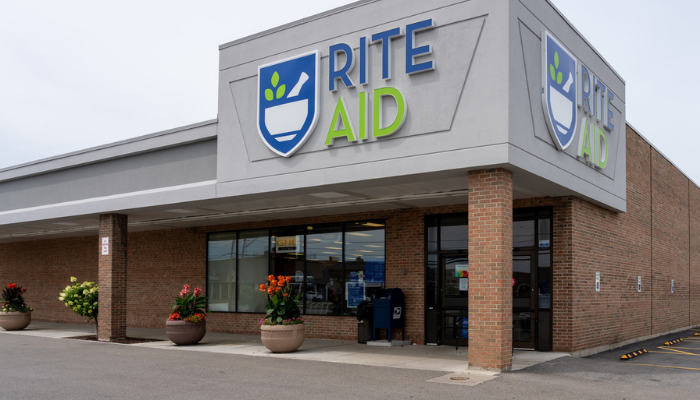
16 Oct Rite Aid Declares Bankruptcy Amid Escalating Debt Burden and Opioid-Related Concerns
Rite Aid Corporation, a prominent U.S. pharmacy chain, has initiated bankruptcy proceedings in a versatile attempt to address its financial challenges. The company’s origins trace back to 1962 when it started as a single drugstore in Scranton, Pennsylvania. Presently, it operates a vast network of over 2,000 locations, employing approximately 45,000 individuals. In 2015, Rite Aid ventured into the pharmacy benefit manager sector, which involves acting as an intermediary between insurers and patients to facilitate prescription processing. Nevertheless, within its bankruptcy plan, the company intends to sell off this division, referred to as Elixir.
The operational landscape of Rite Aid was notably affected by the COVID-19 pandemic, which led the company to initiate a sequence of financial maneuvers from 2020 to 2022. These measures included repayments and debt swamps aimed at reducing the burden of interest expenses. Additionally, Rite Aid closed approximately 200 underperforming stores and entered into sale-leaseback arrangements as part of its restructuring efforts.
To secure its financial stability during the Chapter 11 bankruptcy process, Rite Aid reached a crucial agreement with lenders, securing $3.45 billion in financing. Simultaneously, the company forged a deal for the acquisition of Elixir by the pharmacy benefit manager firm, MedImpact Healthcare Systems Inc., as outlined in an official statement.
MedImpact has pledged to provide $575 million in cash and assume certain liabilities, as indicated in legal records. This proposal sets a reference point for potential substitute bids during the bankruptcy process and awaits the approval of the court.
Rite Aid found itself embroiled in legal disputes concerning its role in the opioid crisis, with the U.S. Department of Justice contending that the company knowingly dispensed hundreds of thousands of illicit prescriptions for controlled substances. Several other national pharmacy chains, including CVS Health Corp. and Walgreens Boots Alliance Inc., have already reached substantial settlements with numerous states, agreeing to pay over $10 billion to resolve their involvement in the opioid epidemic.
To oversee the restructuring efforts and bankruptcy, Rite Aid appointed Jeffrey Stein as both the Chief Executive Officer and Chief Restructuring Officer. Mr. Stein has previously served in similar situations for distressed companies such as GWG Holdings Inc., Whiting Petroleum, Westmoreland Coal Co., and Philadelphia Energy Solutions LLC.
Rite Aid has identified more than 100,000 creditors and affirmed its commitment to making funds available for distribution to unsecured creditors. Among these creditors, McKesson Corp. holds the largest unsecured non-insider claims, totaling approximately $667.6 million, according to the official documents.
Rite Aid submitted its bankruptcy petitions in Trenton, New Jersey, on a Sunday and is scheduled to appear before U.S. Bankruptcy Judge Michael Kaplan at 1 p.m. on the following Monday.
As a component of its comprehensive revitalization plan, Rite Aid is partnering with A&G Realty Partners to implement a strategy focused on shuttering underperforming stores. This endeavor is geared toward reducing the expenses linked to renting its extensive network of more than 2,100 locations.


